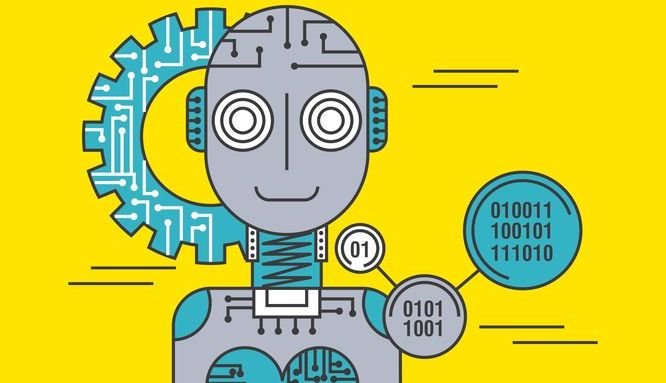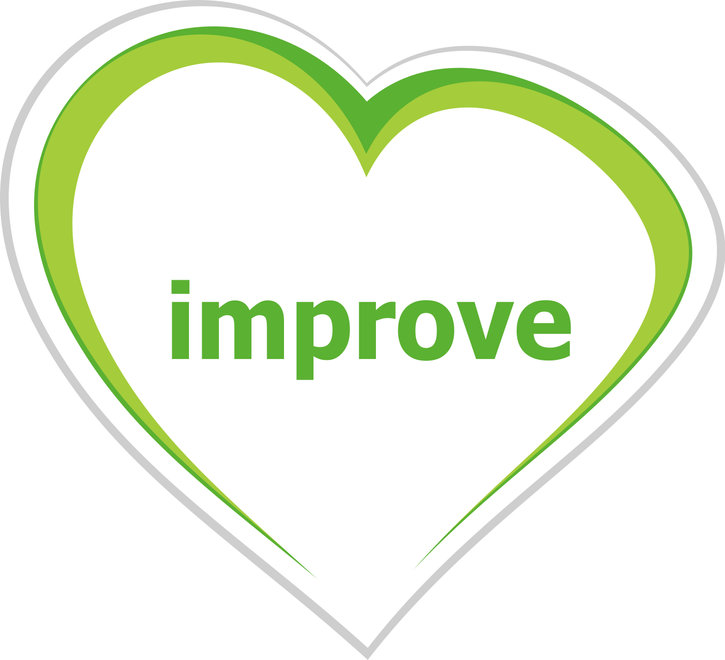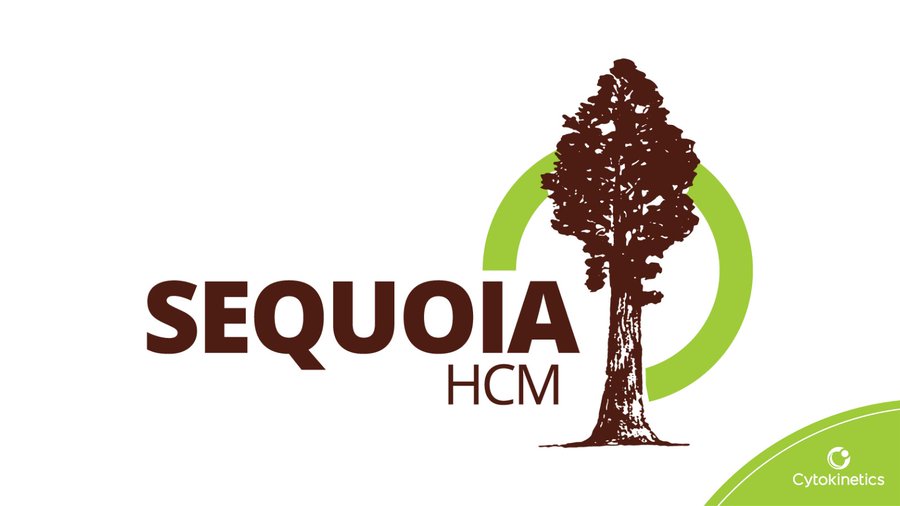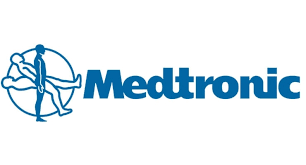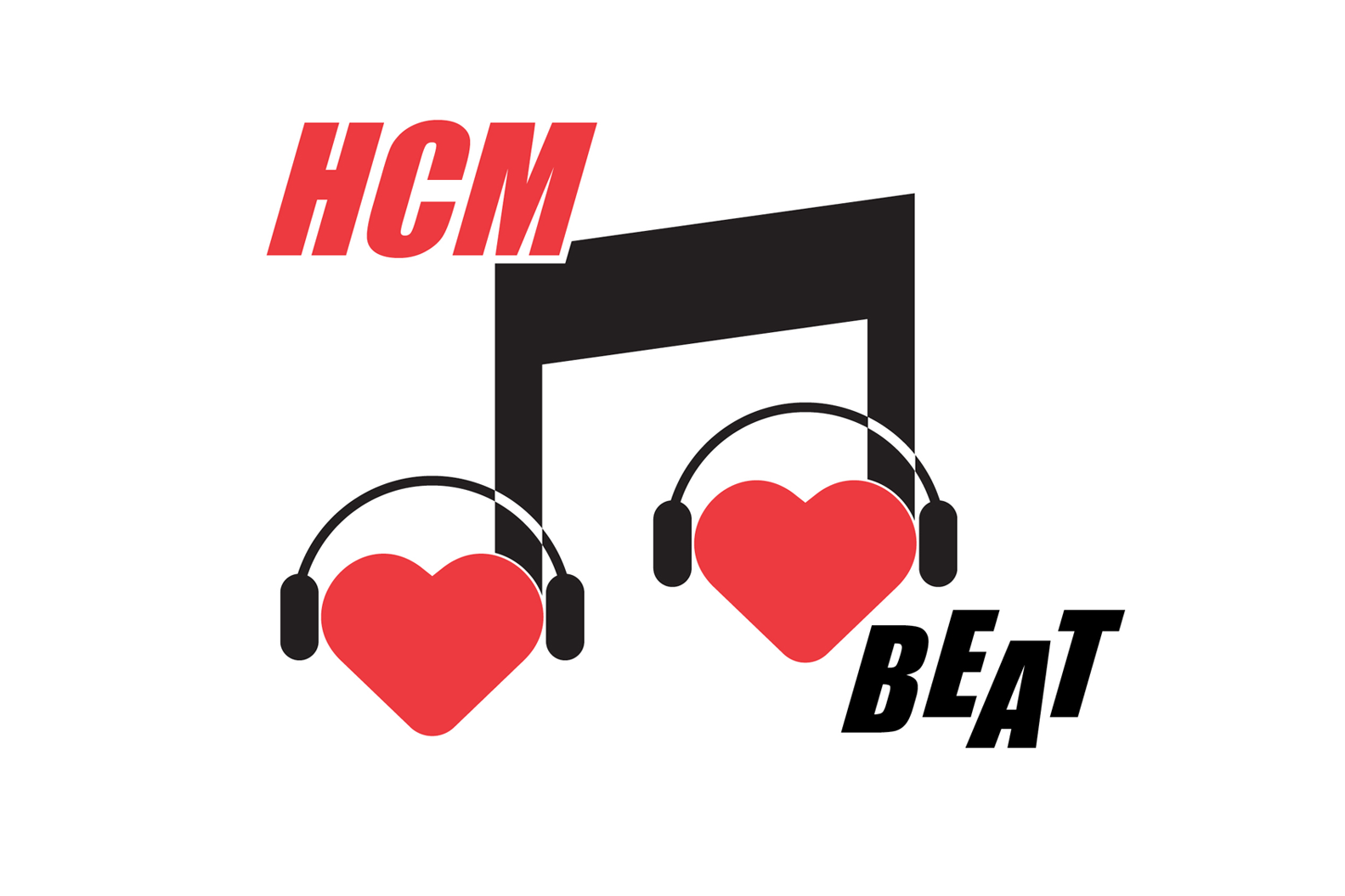According to a recent overview by HCM specialists at the Lahey Clinic, the prognosis for patients with HCM and atrial fibrillation has substantially improved in recent years.
Is a Drug for Non-Obstructive HCM on the Horizon?
Ninerafaxstat, an investigational drug being studied by Imbria Pharmaceuticals, may be the first drug specifically for non-obstructive hypertrophic cardiomyopathy.
The results of the Improve-HCM Phase 2 study were published last week in the Journal of the American College of Cardiology (ACC) and simultaneously presented at last week’s meeting of the ACC in Atlanta.
The Improve study found that the drug is safe, and that patients demonstrated improvements to both exercise performance and symptoms.
The findings support advancement to a Phase 3 study to focus on efficacy of the drug.
You can read more about the IMPROVE trial here.
Is Aficamten the Blockbuster Drug Cytokinetics is Hoping For?
Cytokinetics today released positive results from Sequoia-HCM, its Phase 3 clinical trial of the experimental drug aficamten in patients with symptomatic obstructive hypertrophic cardiomyopathy (HCM). Patients treated with aficamten showed significantly increased exercise capacity as demonstrated by a 1.74 point increase in peak oxygen uptake (pVO2) measured during cardiopulmonary exercise testing. Improvements were also seen in provoked outflow tract gradients, and most importantly, patients felt better.
The study had enrollment of approximately 300 patients who were followed for 24 weeks.
Aficamten was well-tolerated, adverse events were comparable to those taking a placebo, and importantly, there were no instances of worsening heart failure or treatment interruptions due to low left ventricular ejection fraction (LVEF).
According to an article in Med City News, the drug may have an advantage over the Bristol Myers Squibb drug mavacamten (sold under the brand name Camzyos) because there were no reports of worsening heart failure. In the Phase 3 EXPLORER trial of mavacamten, seven patients in the treatment group experienced reductions to their LVEF.
Based on the projected success of aficamten, Cytokinetics stock price jumped by 83% and the company is said to be the subject of takeover interest from AstraZeneca and Novartis.
Cytokinetics plans to apply for FDA approval for the drug in the second half of 2024.
Complete results from SEQUOIA-HCM will be presented at an upcoming medical conference.
You can read more about the drug in these previous articles on HCMBeat:
Cytokinetics Teases Upcoming Phase 3 Aficamten Trial in nHCM
Promising Data about Aficamten Presented at Meetings
Aficamten Updates from Cytokinetics
More on Aficamten & Mavacamten from ACC 2022
Aficamten Gets “Breakthrough Drug” Status from FDA
Cytokinetic’s Drug Aficamten & Upcoming HCM Summit – Interview with Dr. Martin Maron
Results Published from REDWOOD-HCM Phase 2 Trial
Beating Heart Myectomy
A paper published this week in the Journal of the American College of Cardiology described the first beating heart septal myectomies performed on patients with obstructive HCM.
The Chinese single center study enrolled 47 patients with obstructive hypertrophic cardiomyopathy. Surgeons used a minimally invasive limited anterior thoracotomy using a transapical approach. The surgeries were performed while the hearts were still beating.
Since its advent in the 1960s, myectomy has been done via sternotomy, using a transaortic approach with the patient on cardiopulmonary bypass pumping blood though the body.
The paper describes the minimally invasive nature of the surgery, and stresses the benefit of the surgeon’s ability to assess obstruction in real time, instead of having to put the patient back onto bypass if more tissue removal is necessary.
46 of the 47 patients enrolled in the trial had successful removal of their obstruction, though there was one death and there were two serious complications.
A companion editorial by Dr. Hartzell Schaff of Mayo Clinic points out that while the minimally invasive approach sounds good to patients, more than 30% of the patients who undergo myectomy at Mayo also need contemporaneous procedures in order to address valve issues, atrial fibrillation or coronary artery disease. These other procedures would not be possible using the minimally invasive approach. Also, Dr. Schaff points out that post-operative pain from a minimally invasive approach is not necessarily less than that experienced from the more invasive alternative.
In summary, this approach could prove to be a promising option for some patients, but larger studies are needed. As always, patients should consider surgical volume and consistent results when evaluating whether to undergo any surgery.
New Imaging Techniques Spot HCM Before it Develops
Research funded by the British Heart Foundation using novel cardiac imaging techniques was described in a recent article in Circulation. These techniques, such as quantitative perfusion cardiac magnetic resonance imaging and cardiac diffusion tensor imaging, can detect pre-clinical hypertrophic cardiomyopathy (HCM) before the development of any thickening in the heart.
With novel treatments like myosin modulators now available to patients, and with experimental treatments such as gene therapy now on the horizon, these new imaging techniques could allow doctors to intervene at a much earlier stage in order to potentially prevent disease.
You can read more about these imaging techniques here.
Medtronic ICD and CRT-D Recall
The FDA has announced a Class I recall of certain models of Medtronic implantable defibrillators and cardiac resynchronization therapy defibrillators. The statement from the FDA can be found here.
The recall impacts 348,616 devices implanted between October 13, 2017 to June 9, 2023 with the following models being affected:
- Cobalt XT, Cobalt, Crome ICDs and CRT-Ds
- Claria MRI, Amplia MRI, Compia MRI, Viva, Brava CRT-Ds
- Visia AF, Visia AF MRI, Evera, Evera MRI, Primo MRI, Mirro MRI ICDs
These devices fail to deliver therapy due to inappropriate activation of the Short Circuit Protection feature. The issue is more likely to occur for devices with a glassed feedthrough that are configured to deliver therapy in the AX>B delivered pathway.
A reduced-energy shock, or no shock at all, may fail to correct a life-threatening arrhythmia, which can lead to cardiac arrest, other serious injury, or death.
There have been 28 incidents, 22 injuries, and no deaths for this issue.
A software update delivered to your device will address the issue. This requires a visit to your health care practitioner for a quick update. I had mine updated in a quick 10 minute visit to my ICD clinic.
To look up your device by product name, model or serial number to see whether it is impacted, click here.
NOTE: You can find the name, model and serial number of your device on the plastic identification card provided to you at the time of your implant.
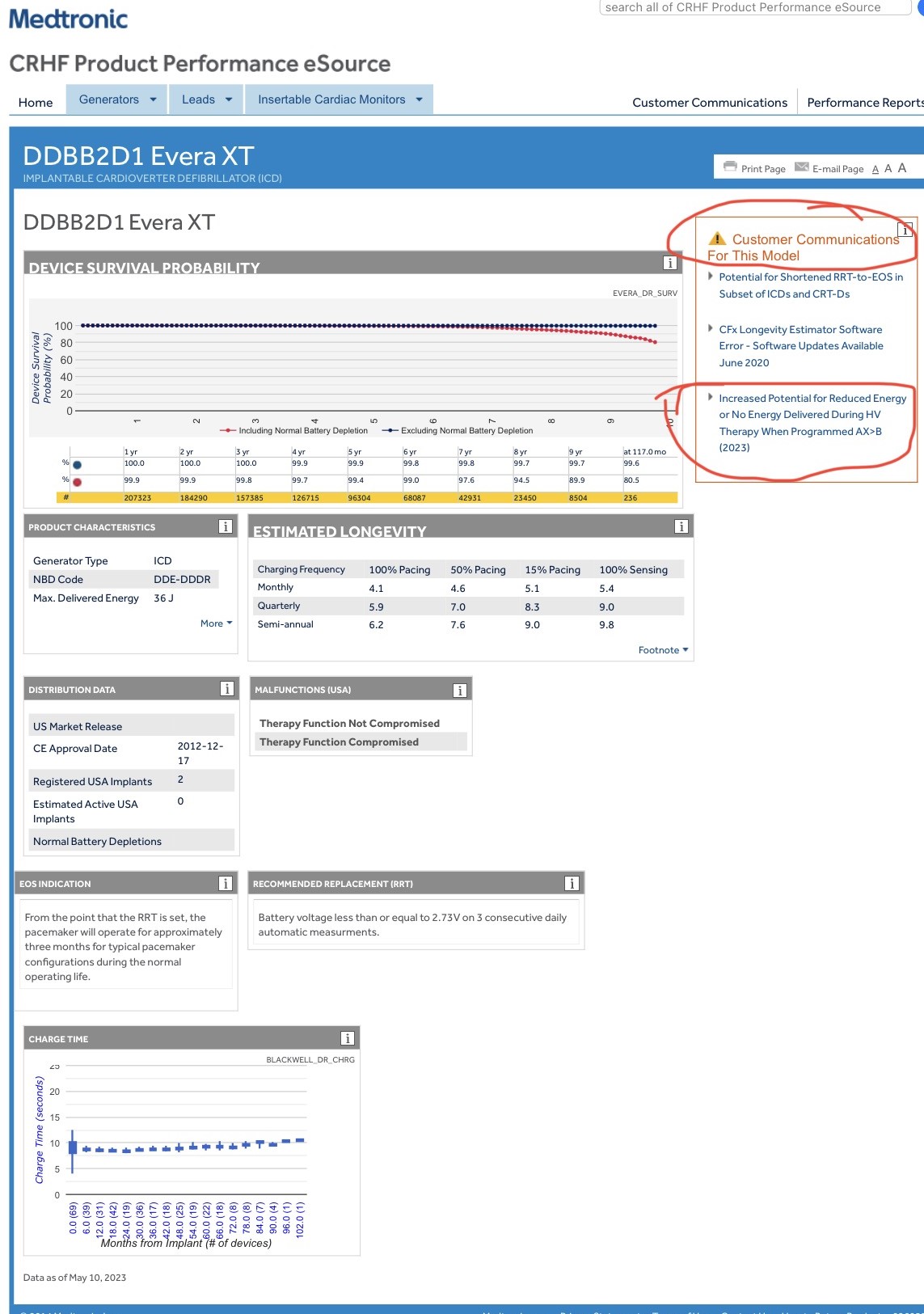
The box in the upper right corner labeled “Customer Communications For This Model” will tell you if there are any advisories for your device. If this particular recall affects your device, you will see the same advisory which is circled in red in the photo below.
Patients are advised to continue routine follow ups and use the Care Link Monitoring System.
And, as always, you can call Medtronic Patient Services with any questions at: (800) 551-5544
(M – F, 8am – 5pm Central).
Gene Therapy for HCM: Interview with Tenaya Therapeutics Executive Medical Director Dr. Laura Robertson M.D.
Editor’s note: Recently, Cynthia Waldman of HCMBeat had the chance to interview Dr. Laura Robertson of Tenaya Therapeutics . Dr. Robertson is charged with leading the clinical development program for Tenaya’s experimental gene therapy treatment for HCM.
You have probably read about gene therapy and wondered whether it could ever be used to treat hypertrophic cardiomyopathy. HCMBeat has written several stories about the growing field of gene therapy, shining a light on the researchers and companies focused on this effort.
Mavacamten (Brand Name Camzyos) Approved in Europe
Bristol Myers Squibb’s first-in-class myosin modulator mavacamten (brand name Camzyos) has been approved by the European Commission for the treatment of obstructive hypertrophic cardiomyopathy in all countries which are part of the European Union.
See the press release here.
Vigorous Exercise Safe for HCM Patients
The long awaited results of the LIVE-HCM study have now been published.
HCM previously blogged about the study in March when they were first announced at the American College of Cardiology meetings.
This study followed 1534 HCM patients between the ages of 8 and 60,. Most participated in various forms of exercise over the three year period of the study, such as running, swimming and basketball. The study also included 126 participants who carried a gene associated with HCM, but did not show overt signs of the disease. 42% of study participants exercised vigorously, 43% exercised moderately, and 16% were not active.
Contrary to an older school of thought which cautioned against vigorous exercise in HCM patients, the results of the study showed NO increase in cardiac arrests, ventricular arrhythmia or fainting among the vigorous exercisers, disproving the long held assumption that vigorous exercise was dangerous for patients with hypertrophic cardiomyopathy. Also, the study found no cardiac events occurring among the group who only carried a gene for HCM but did not have the disease.
Delays Common in HCM Diagnosis
As many as 60% of patients with hypertrophic cardiomyopathy don’t receive an appropriate diagnosis when they first come to medical attention.
In fact, HCM patients receive on average of 4 misdiagnoses before finally receiving an accurate HCM diagnosis and appropriate treatment. A recent paper highlights the this issue which is largely due to a lack of knowledge of HCM in the medical community. Even cardiologists often fail to accurately diagnose and treat HCM, emphasizing something that those of us with HCM already know – not all cardiologists are equal when it comes to recognizing and treating HCM. Experts are key!
Medical professional and patient education and awareness initiatives are critical to address these issues. Hopefully, over time we will start to see improvements to HCM diagnosis and treatment now that there are increasingly new professional and educational initiatives focused on and around HCM, such as the HCM Society.
Weight Loss Improves HCM
Researchers at New York University’s Langone Health published a recent paper reporting on 6 patients who lost a significant amount of weight (at least 18 lbs.) and who had undergone cardiac MRI or CT scans before and after the weight loss.
The researchers found that following weight loss, the scans showed a decrease to the dimensions of the left ventricle, and the patients experienced improvement to their symptoms.
The researchers suggest that while more study is needed, weight loss can benefit overweight patients and may be especially helpful to those who have limited treatment options.
Cynthia Burstein Waldman © 2023



